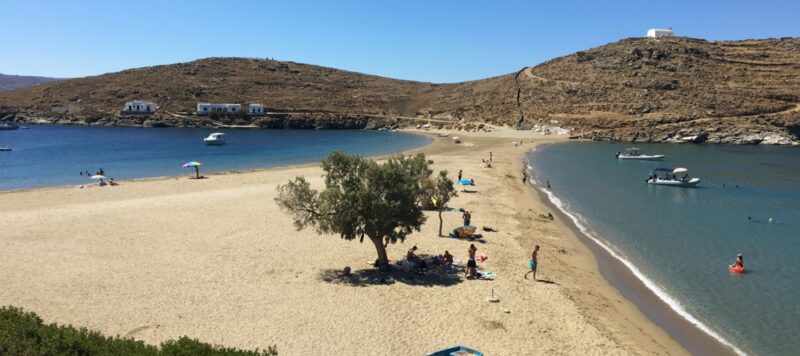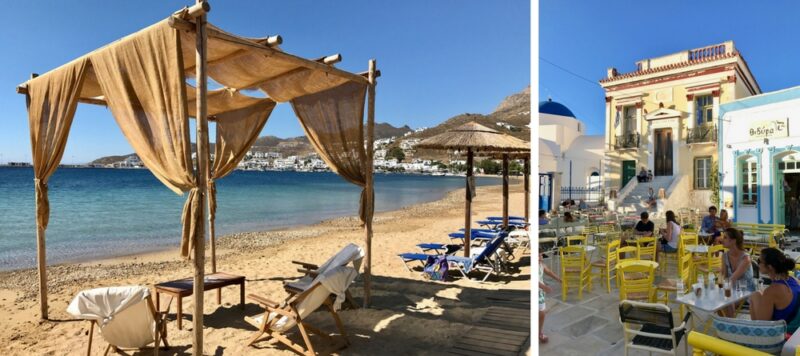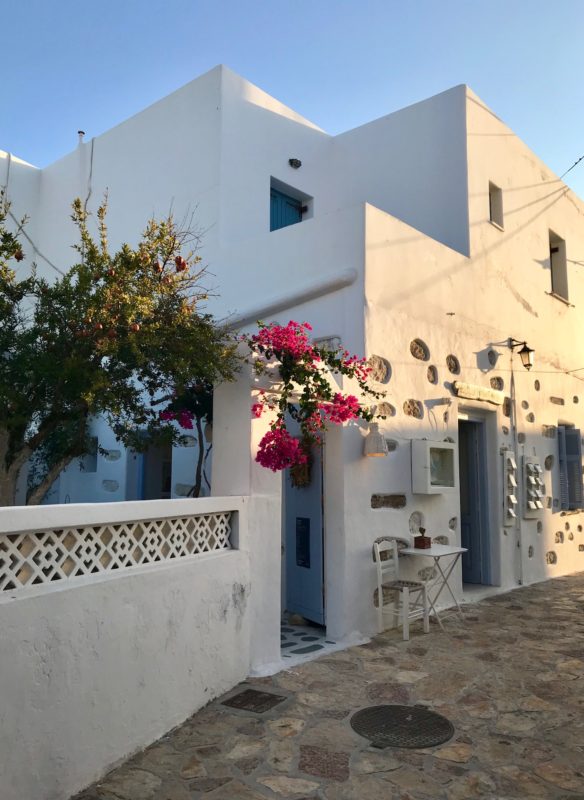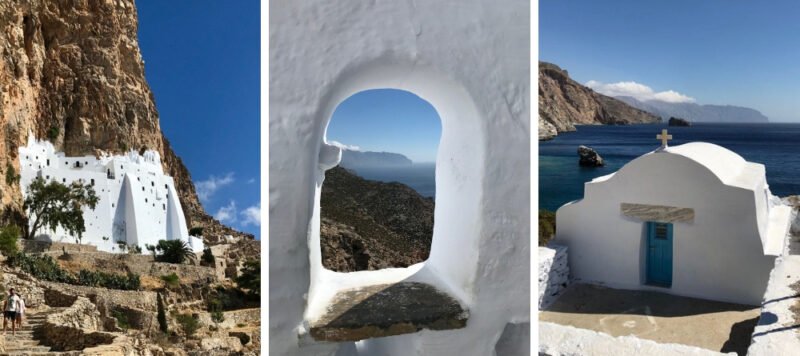The Eupalinos Tunnel or Eupalinos Aqueduct on island of Samos in Greece, is one of the most remarkable engineering feats of antiquity.
Built in the 6th century BC, it was designed by the engineer Eupalinos of Megara on the orders of the tyrant Polycrates of Samos.
It’s a rather special visit (helmets are worn!), but a magical one.
You just can’t get enough of seeing what men are capable of! The Greek historian Herodotus describes the tunnel as the 8th wonder of the ancient world (3,60).
Samos has a mountain of a hundred (…).
This mountain has been pierced at the foot, and a road with two mouths has been cut through it.
Along this path, we dug a canal that crosses the whole mountain.
A few pointers
- Name: Eupalinos tunnel or Eupalinos aqueduct (Modern Greek: Ευπαλίνιον όρυγμα / Efpalinion orygma)
- Location: Samos, Greece
- Type : Underground aqueduct crossing Mount Ambelos
- Construction date: 6th century BC.
- Architect: Eupalinos of Megara (between Athens and Corinth)
- Length: 1,036 metres
- Height: 1.80 metres
- Width: 0.60 to 2 metres
- History: The 6th century BC was a period of great upheaval and change in Greece. It was the time of the emergence of Athenian democracy, the birth of Western philosophy and an artistic and cultural explosion. The fame of Samos in the 6th century BC is undeniable. Flourishing trade and shipping showered the city-state with wealth, propelling its cultural rise. But the inhabitants did not enjoy easy access to an essential resource: water.
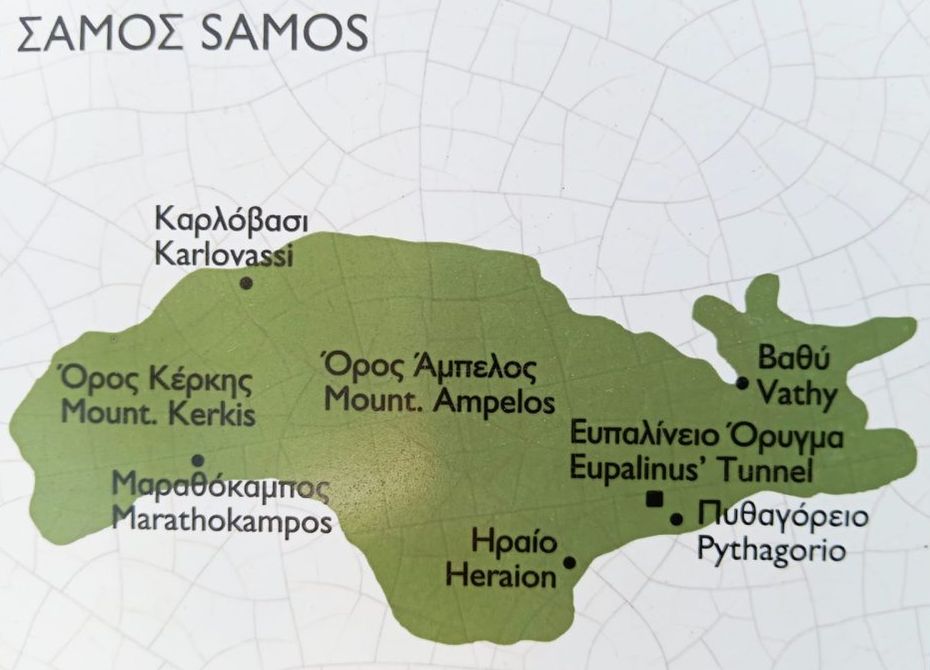
How did they dig a 1000 m tunnel?
For the first time in human history, a project of this scale was undertaken without precedent.
The engineer Eupalinos dared to build a tunnel under a mountain by starting to dig simultaneously from two diametrically opposed gates.
Each measurement is based on the foundations of mathematics and geometry (surveying), and demonstrates exceptional precision. Eupalinos not only used these disciplines to align the excavations before they met, but also to keep the tunnel straight to overcome geological challenges. Indeed, the precautions taken by the engineer still captivate engineers today. He anticipated possible margins of error, taking them into account during construction…
Where does the difficulty in construction lie?
The technical challenge lay in the need to dig simultaneously on both sides of the mountain, while maintaining a specific slope to ensure water flow, so that the two teams could meet at the center. The construction work, carried out by prisoners from Lesvos, took between 8 and 10 years. This work seems unimaginable to us today. Indeed, let’s not forget the tools of the time. In all, some 7,000 cubic meters of rock were excavated to complete these tunnels, as part of this hydraulic feat. This colossal task was carried out using only pickaxes, hammers and chisels. For lighting, they used oil lamps, which made conditions even worse. And of course, no compass or topographical map!
The meeting went according to plan, with a minimal difference in level: around 50 cm!
The tunnel was used by the local population for over a thousand years, as archaeological finds testify.
Another function for this aqueduct?
The underground aqueduct was of great strategic importance, as it was difficult to locate by a potential enemy seeking to cut off the water supply.
In the 7th century AD, the Eupalinos aqueduct was abandoned, but the inhabitants of Samos used it as a refuge at various times.
The tunnel offered unique protection against pirate raids.
Fortification walls were erected inside the tunnel, just beyond its southern entrance portal.
In the 7th century, the aqueduct served as a refuge from the Persians (627 A.D.) and Arabs (666 A.D.), as well as during the Byzantine period.
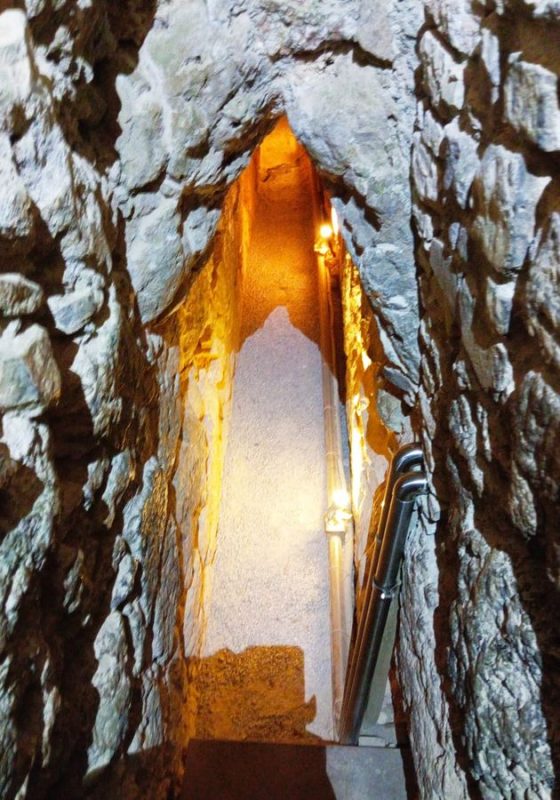
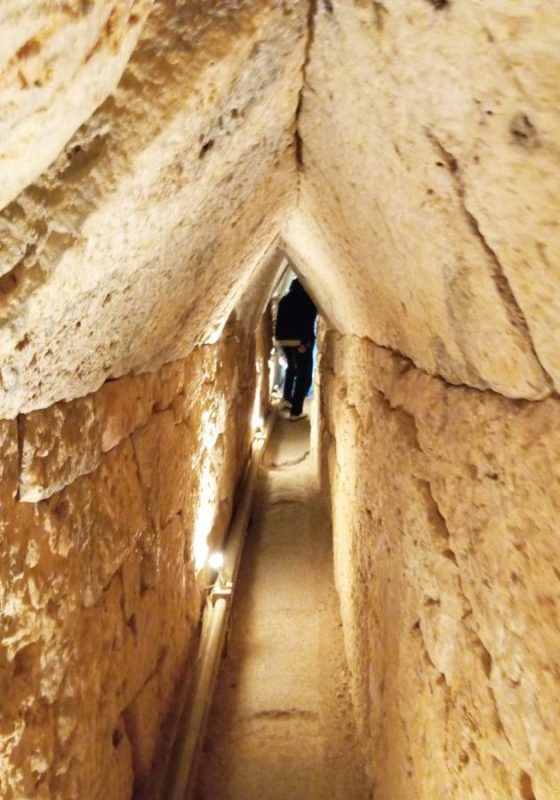
How to visit the Eupalinos tunnel?
So, this site is easy to visit, but as it’s a tunnel, we recommend it to people who don’t suffer from claustrophobia.
Some parts are less than 1.50 m high, you have to bend down and the floor is slippery, so we strongly recommend good sneakers!
For the time being, children under the age of 14 are not allowed inside the Tunnel.
Young people aged between 14 and 18 must be accompanied by a responsible adult.
There are 3 routes, but for the time being (May 2024), only route 1 is open.
Route 1. Length 185 m., maximum number of visitors 20, duration 00h20΄ including return. In this section, you can see all the construction details. Difficulties: a narrow staircase with steep, high steps and a low, very narrow corridor (17 m. long, 1.55 m. high and 0.55 m. wide). The rest of the tour is fairly easy after the corridor.
- Visiting hours: 08.40, 09.00, 09.40, 10.00, 10.40, 11.00, 11.40, 12.00, 12.40, 13.00, 13.40, 14.00, 14.40 – Closed on Tuesdays.
- Tickets: Full: €8, Reduced: 4 €
- Location: the southern entrance to the tunnel is about 2 km north of Pythagorio and can be reached by car or on foot (location).
For further technical information
The exact theoretical method for building the tunnel remains an open question.
Although research, notably by Kienast in 1995, favours the principles of the Greek mathematician Hero of Alexandria (10-70 AD).
According to this theory, the engineer measured the mountain’s circumference using rectangular triangles.
Thus, the distance to the west would have been subtracted from the distance to the east to determine one side of a right-angled triangle.
The sum of all the north-south distances would have equaled the length of the second side of the triangle, while the line connecting the two, the hypotenuse of the triangle, would have been the actual route of the proposed tunnel.
Once these lines had been calculated, even buried beneath the mountain, two similar rectangular triangles would have been created on either side of the tunnel to guide the excavation route.
Got it all?
What to see and do around the site?
The tunnel is located in the south-east of the island.
It’s quite close to the airport, in a naturally protected area (Natura).
In fact, the site lies just above the town of Pythagorion.
Pythagorio
The town’s port is reputed to be the oldest artificial harbor in the Mediterranean.
It’s a small town in the middle of the ancient city.
I don’t know about you, but I’m always amazed in Greece to find impressive archaeological remains in the midst of urban construction!
So don’t be surprised to discover a temple to Aphrodite between the Post Office and a tavern!
The town is quite touristy…but very pretty.
Pythagorio is one of the most popular spots on Samos, thanks to its numerous archaeological sites and vast sandy beach.
Here you’ll find all the information you need to visit Pythagorio.
Psili Ammos
So, for a relaxing moment after a cultural visit to the depths, we recommend Psili Ammos beach, some fifteen minutes away.
To get there, you pass through marshes where pink flamingos have a great time!
Once you’ve arrived, the beach has fine sand and the waters are warm and turquoise…
We recommend the Psili Ammos tavern, with its excellent location and fresh fish. It’s been a traditional tavern for three generations. These are classic dishes, but perfectly executed.
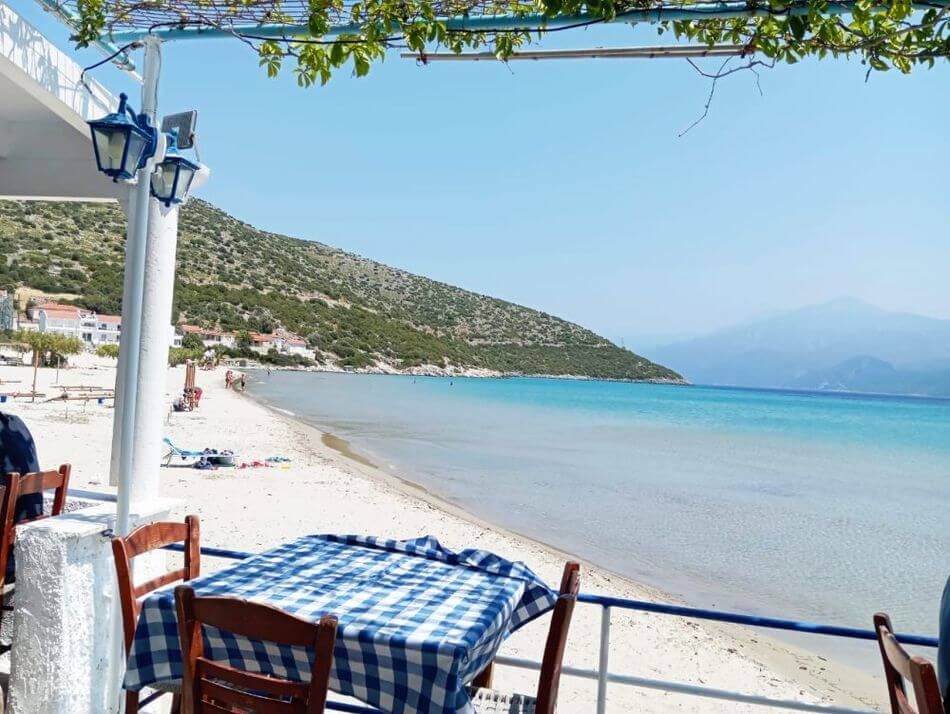
Then set off to discover Samos!
If you’re spending a few days on Samos, don’t miss out on the must-sees. You can also find all the practical information you need in our Samos advice guide: how to get there? where to stay ? where to eat?
Céline P.

